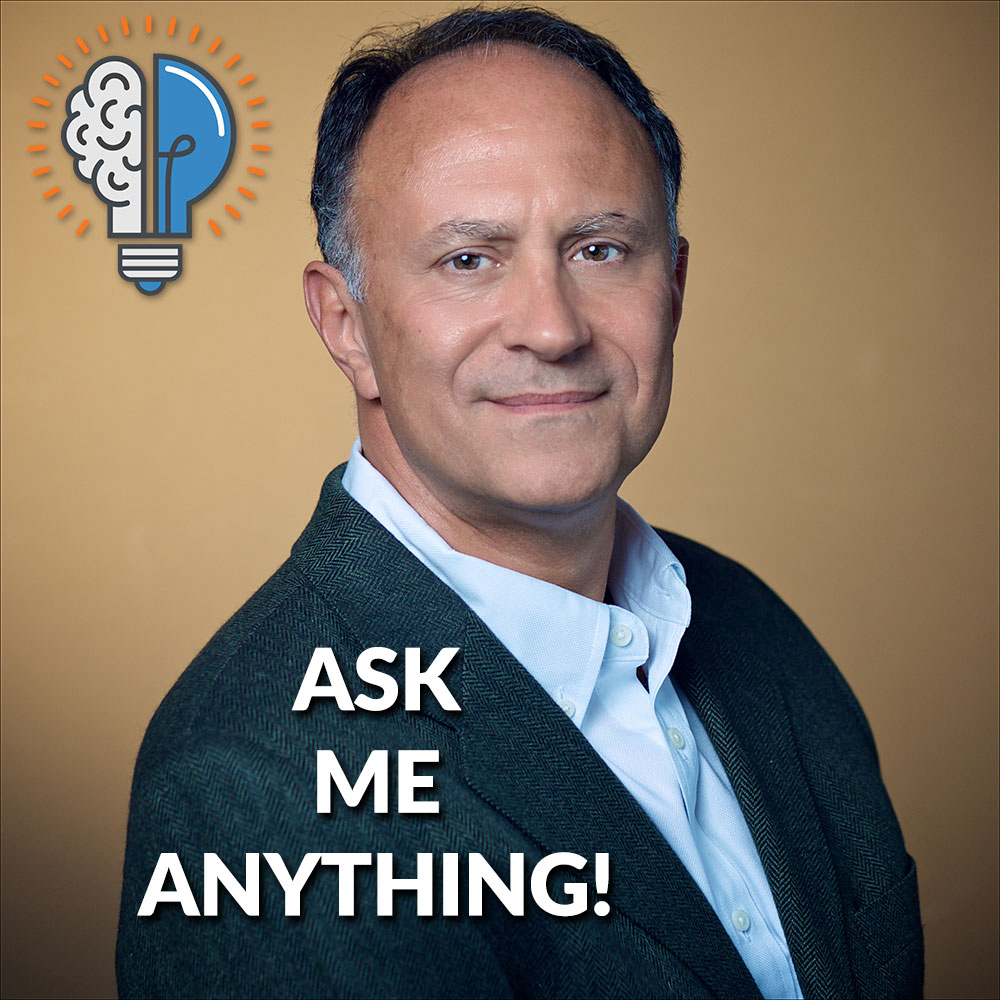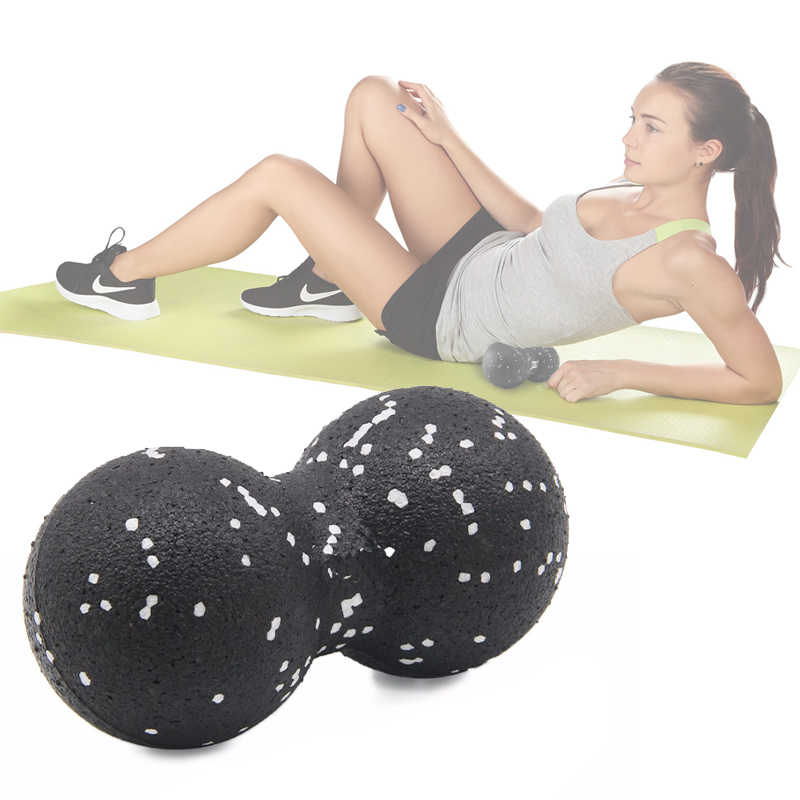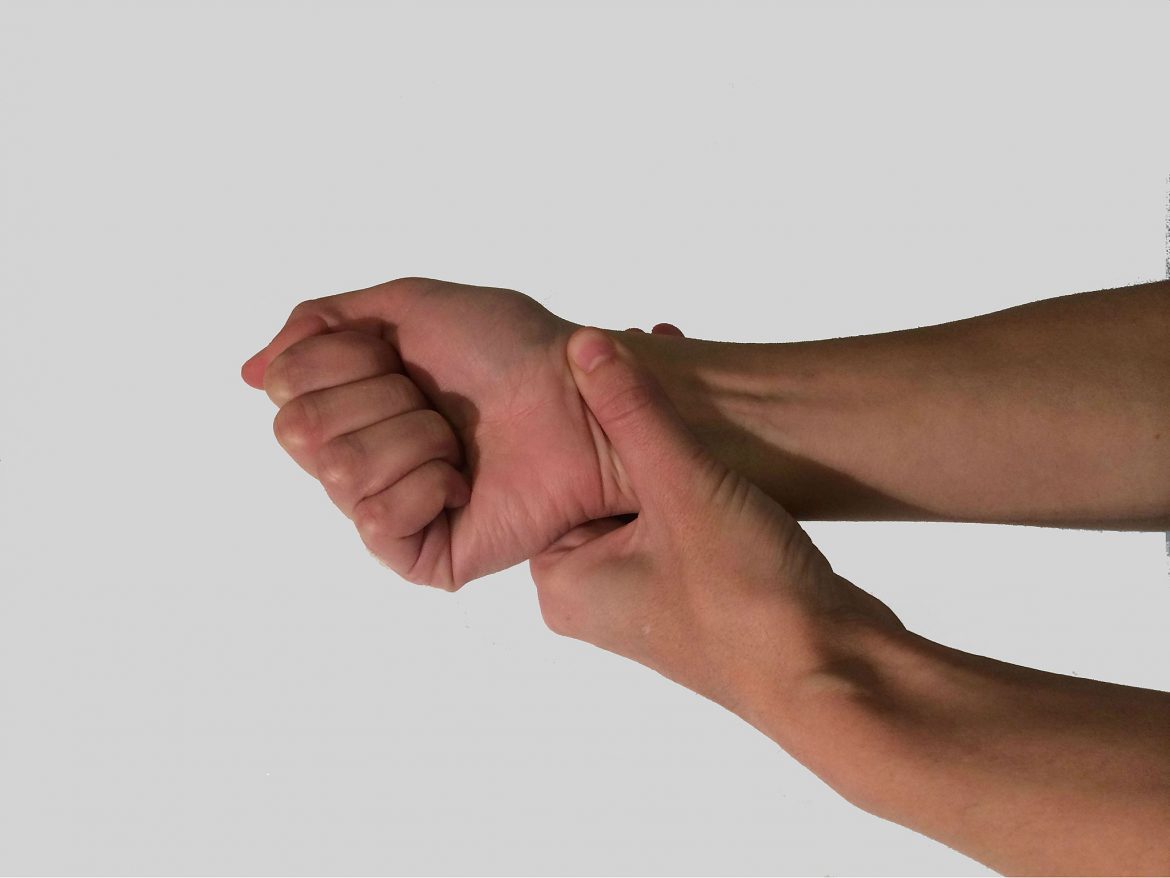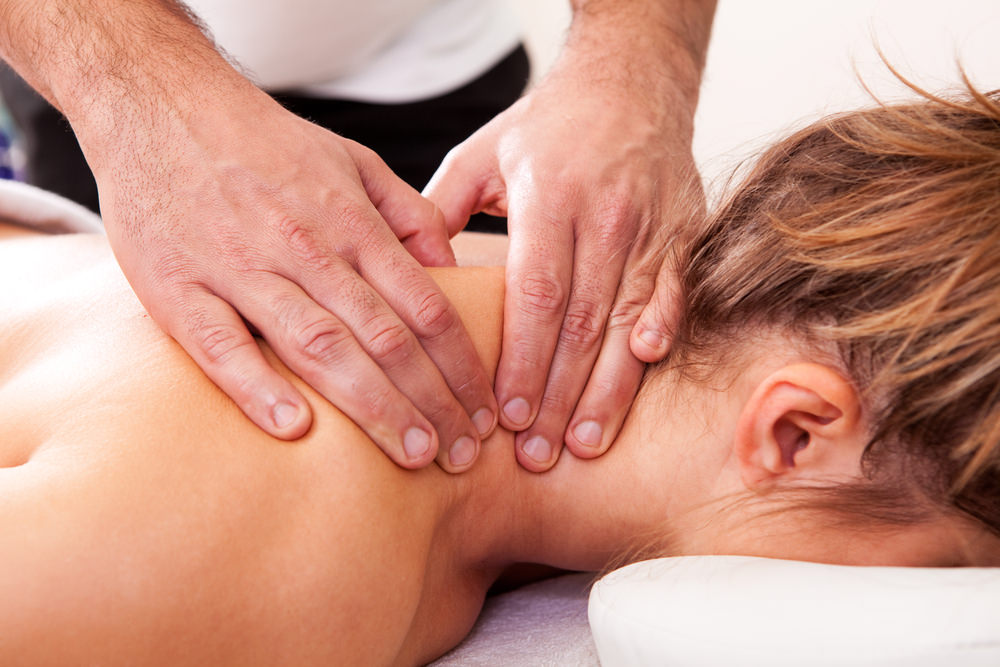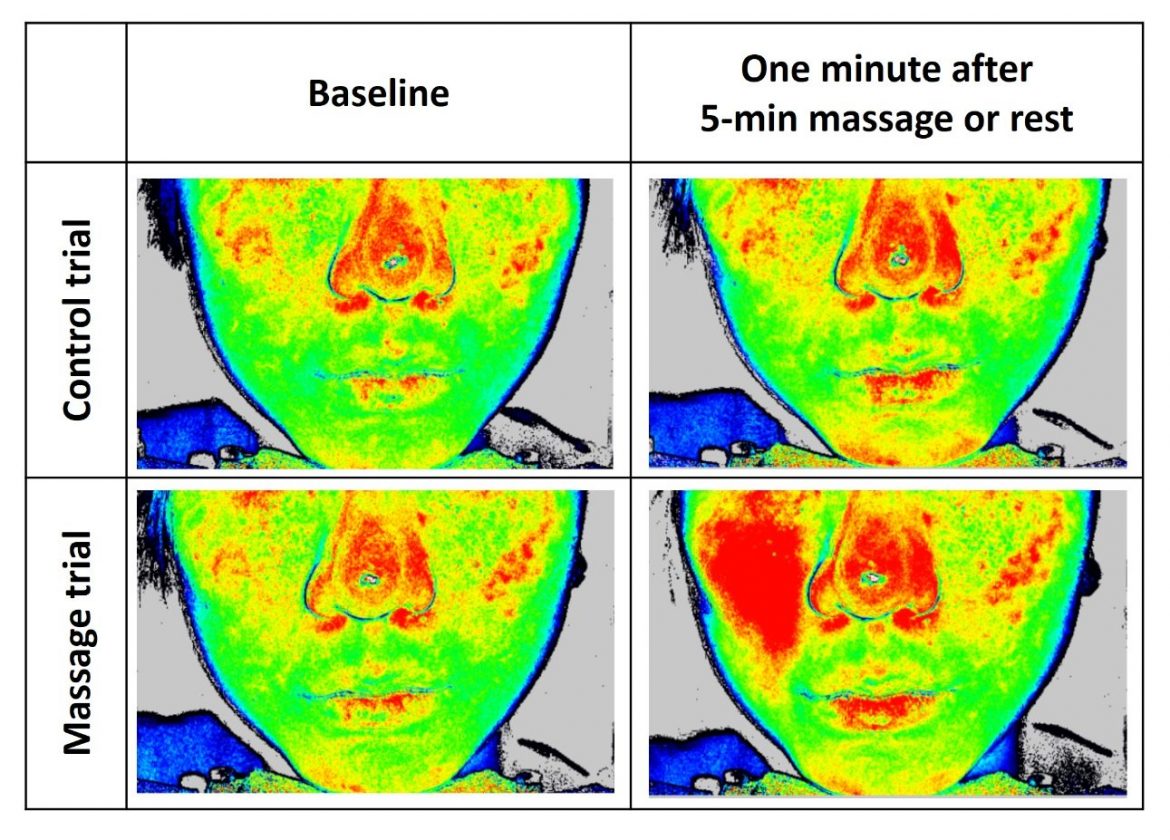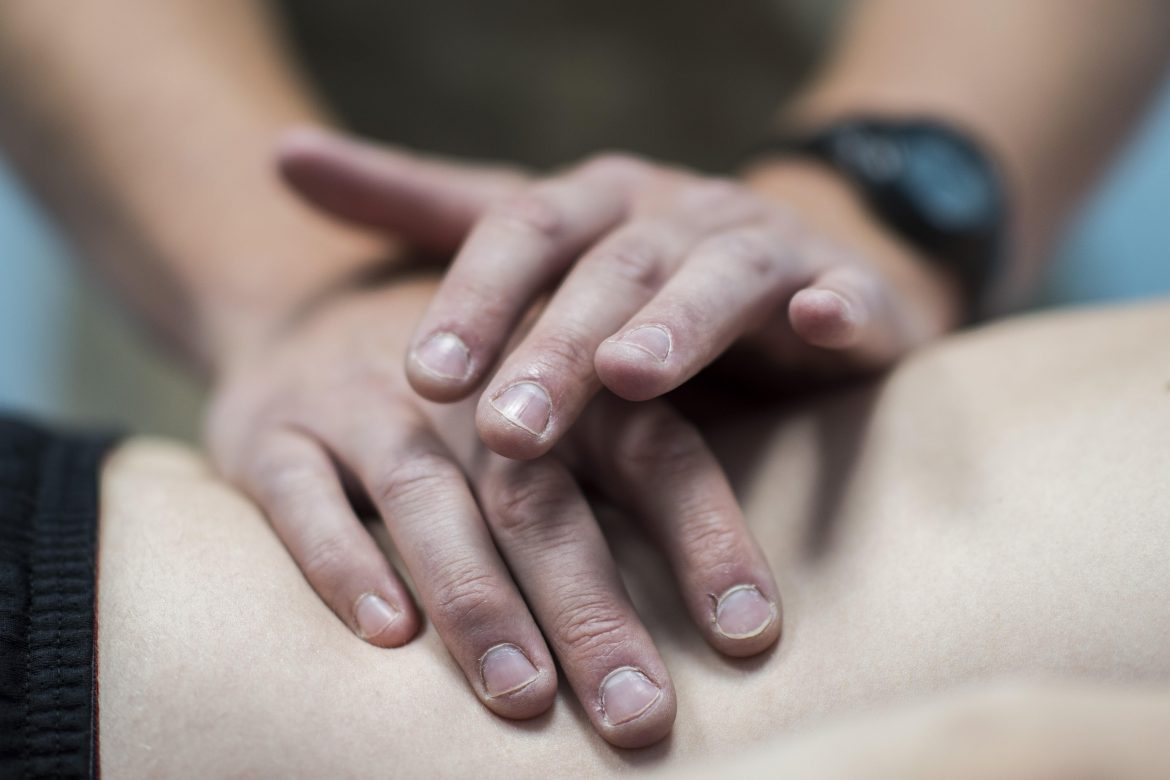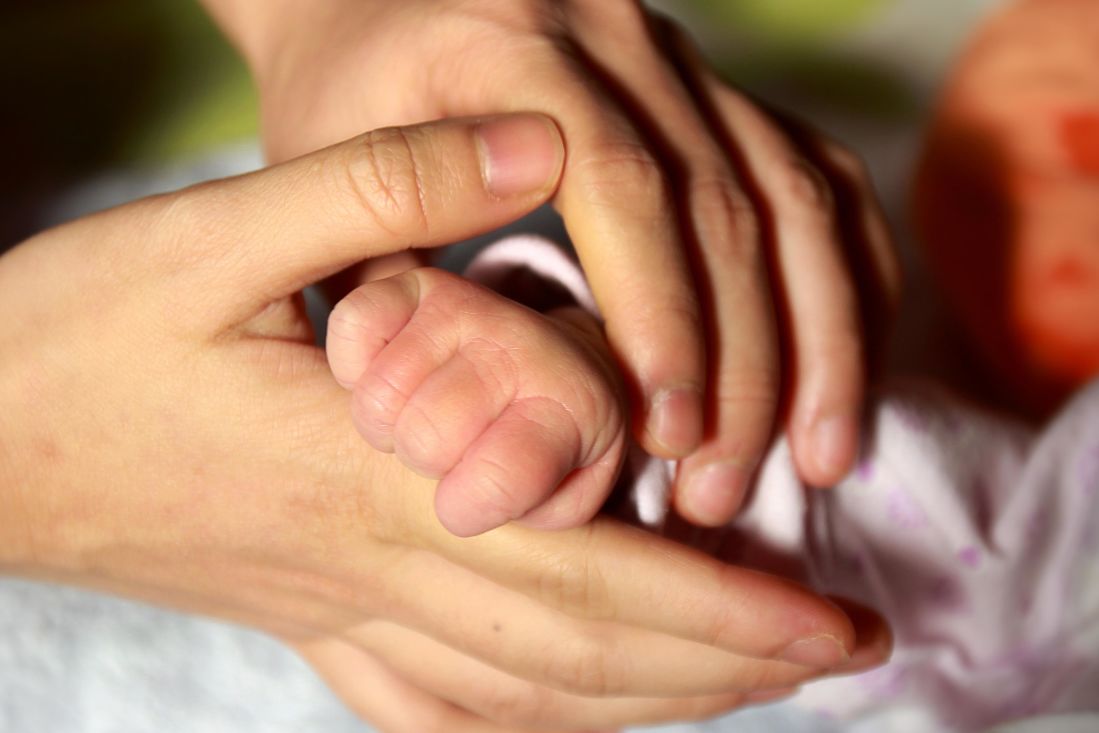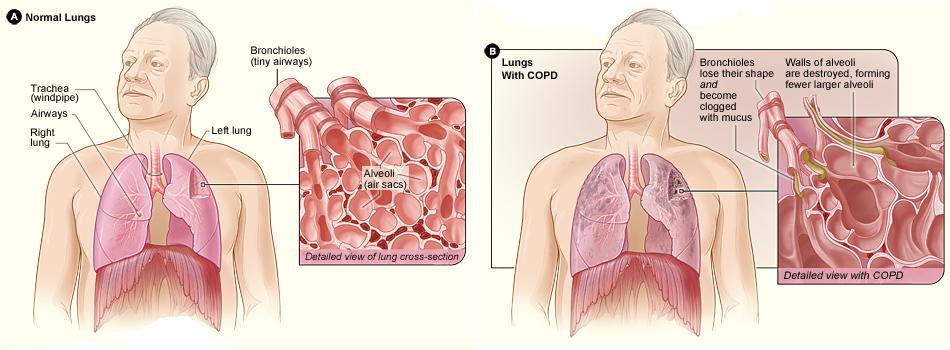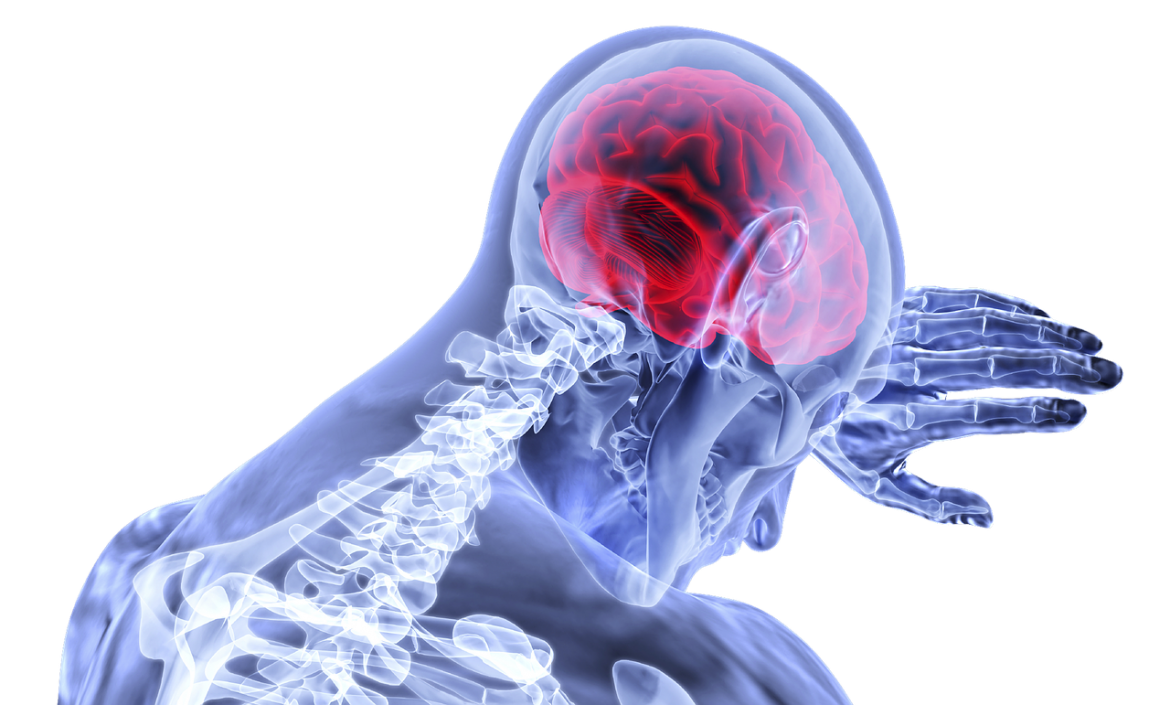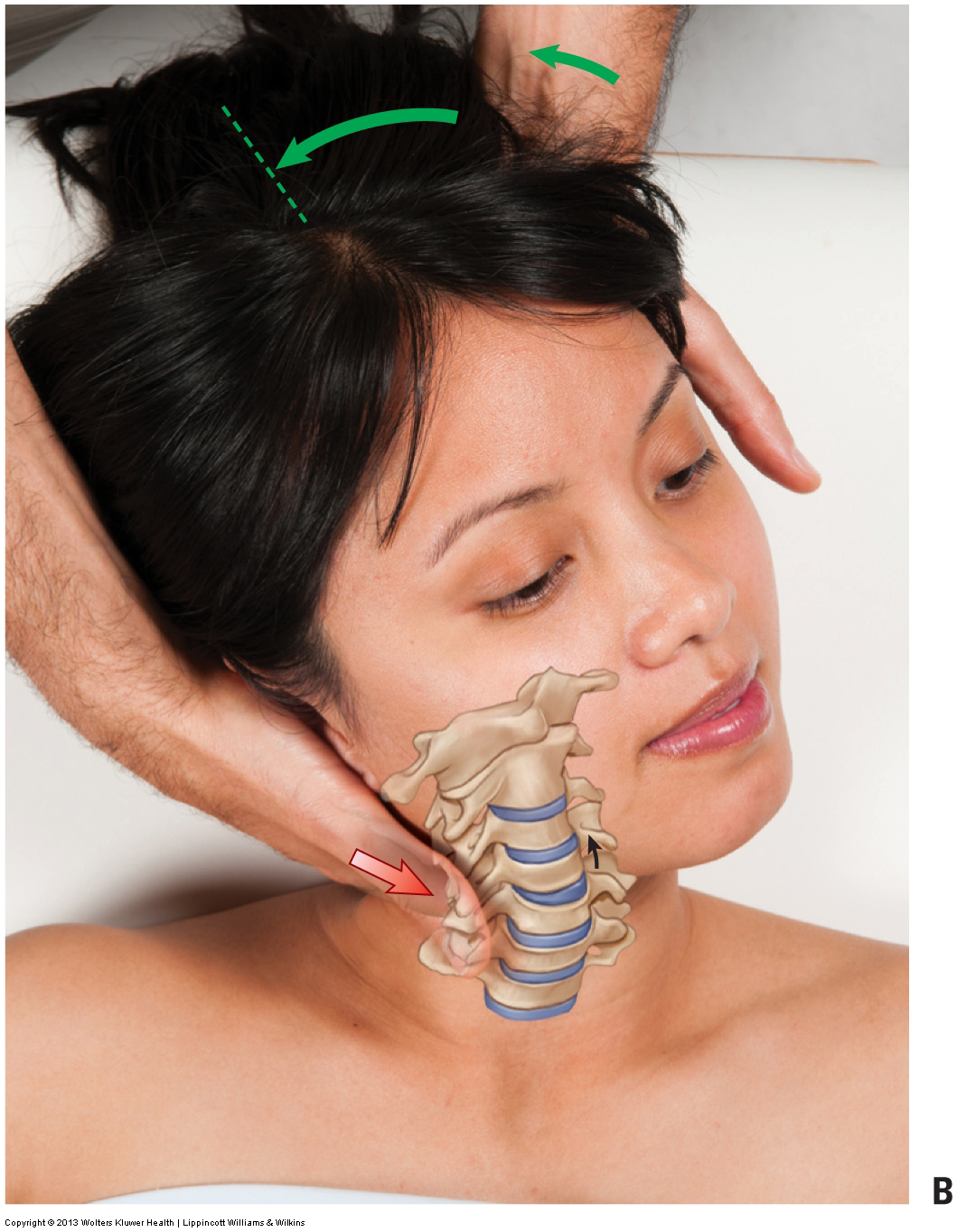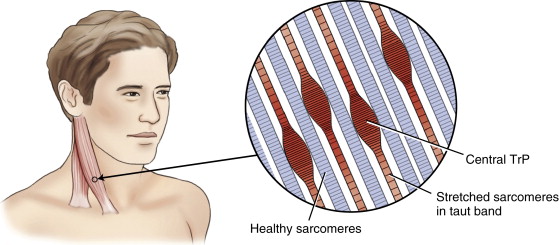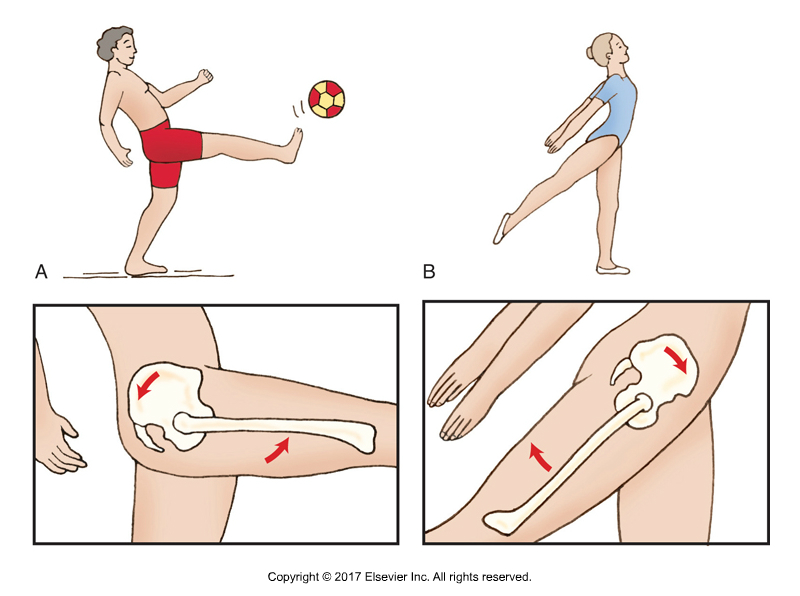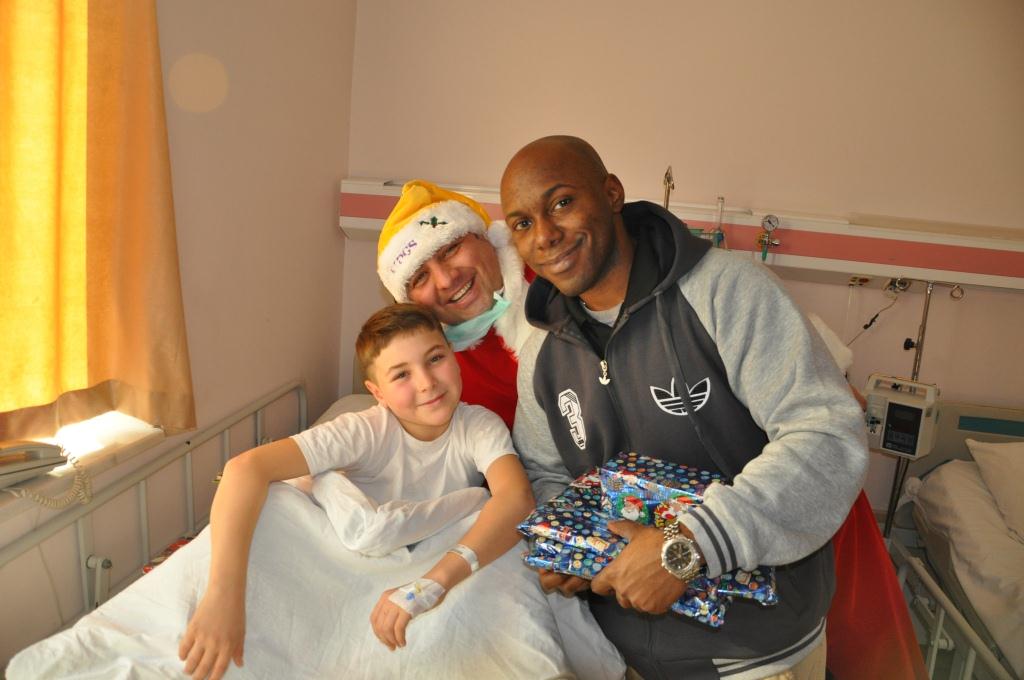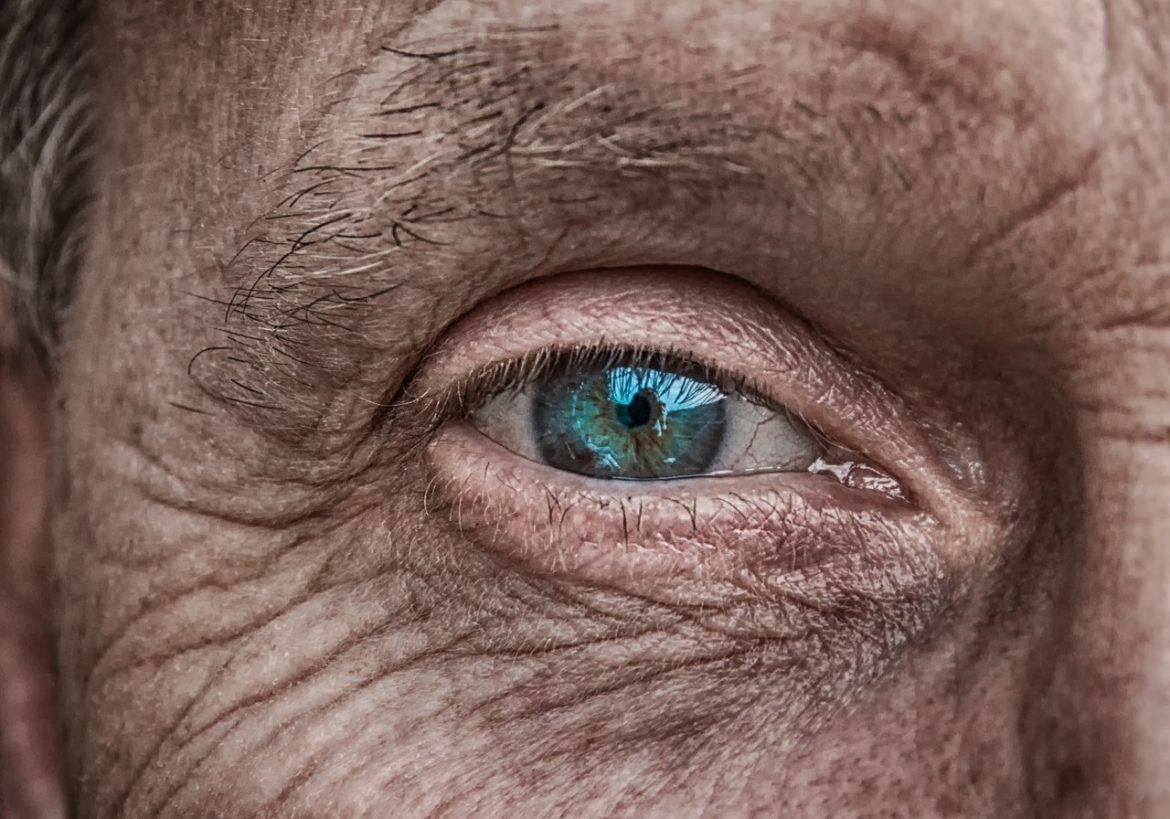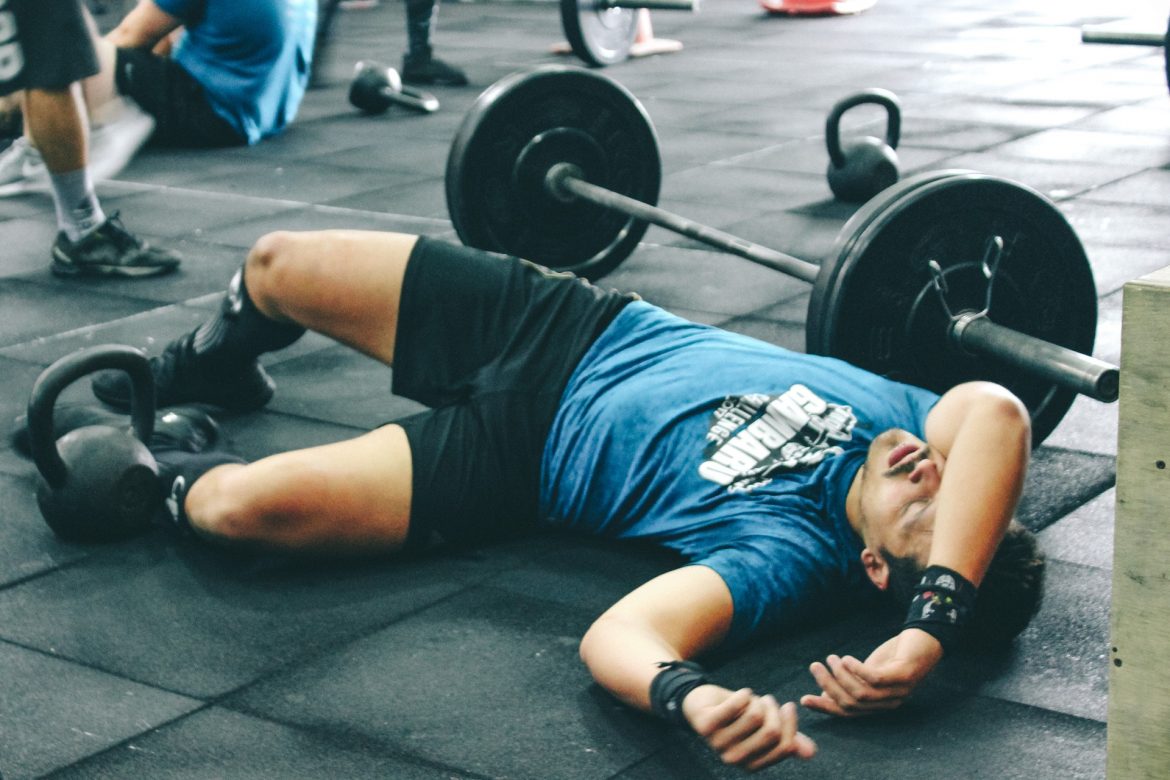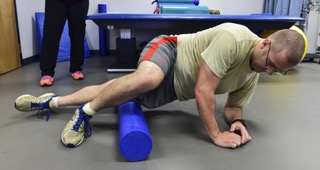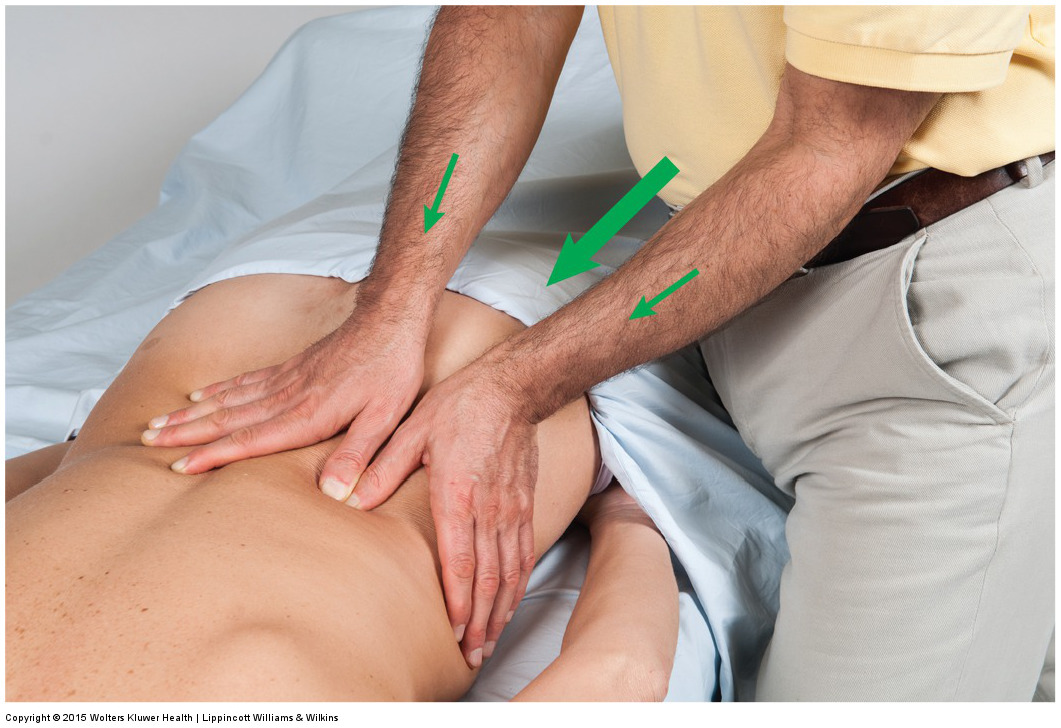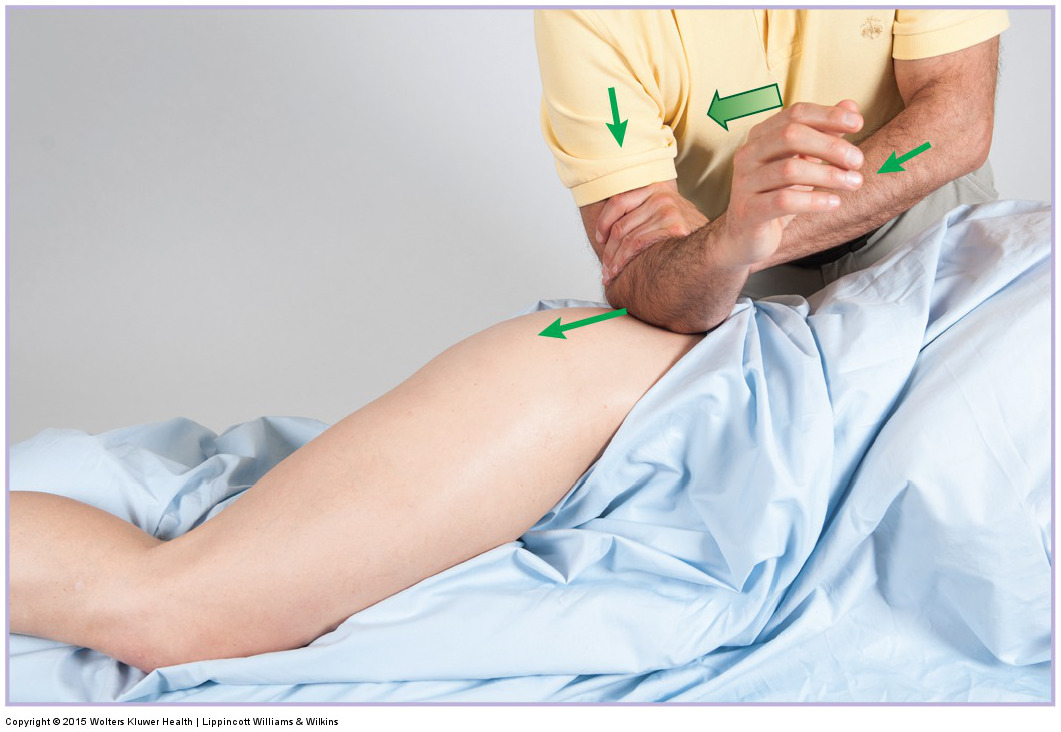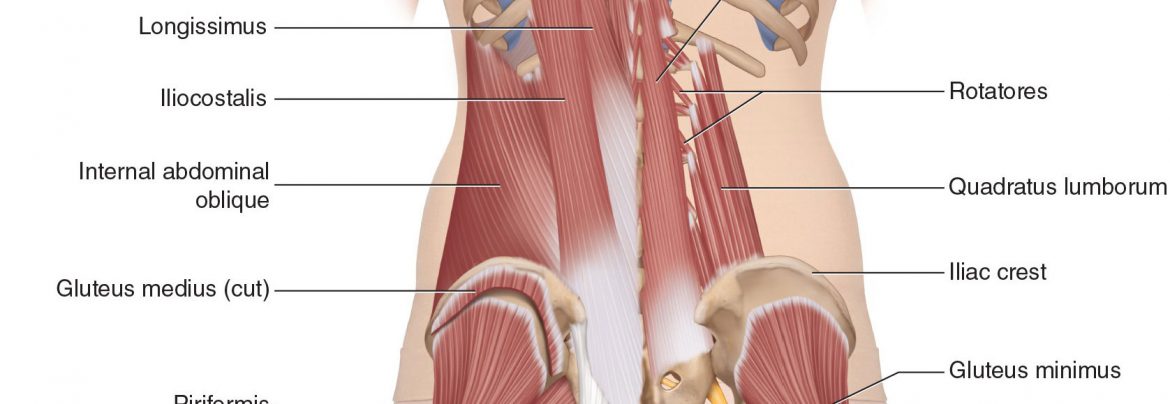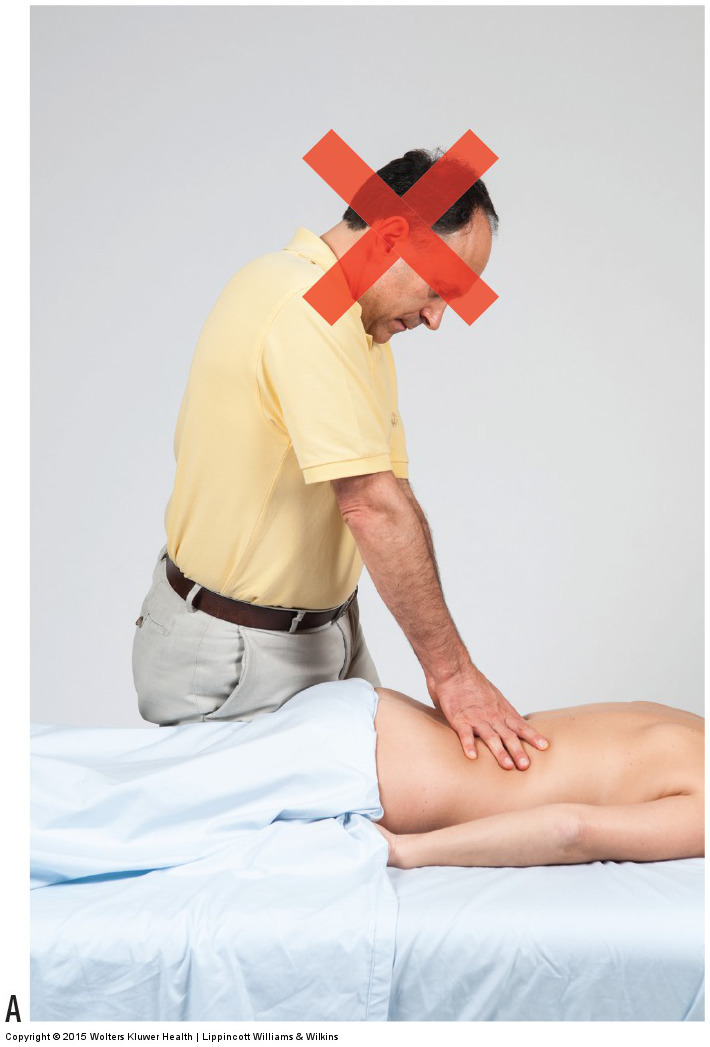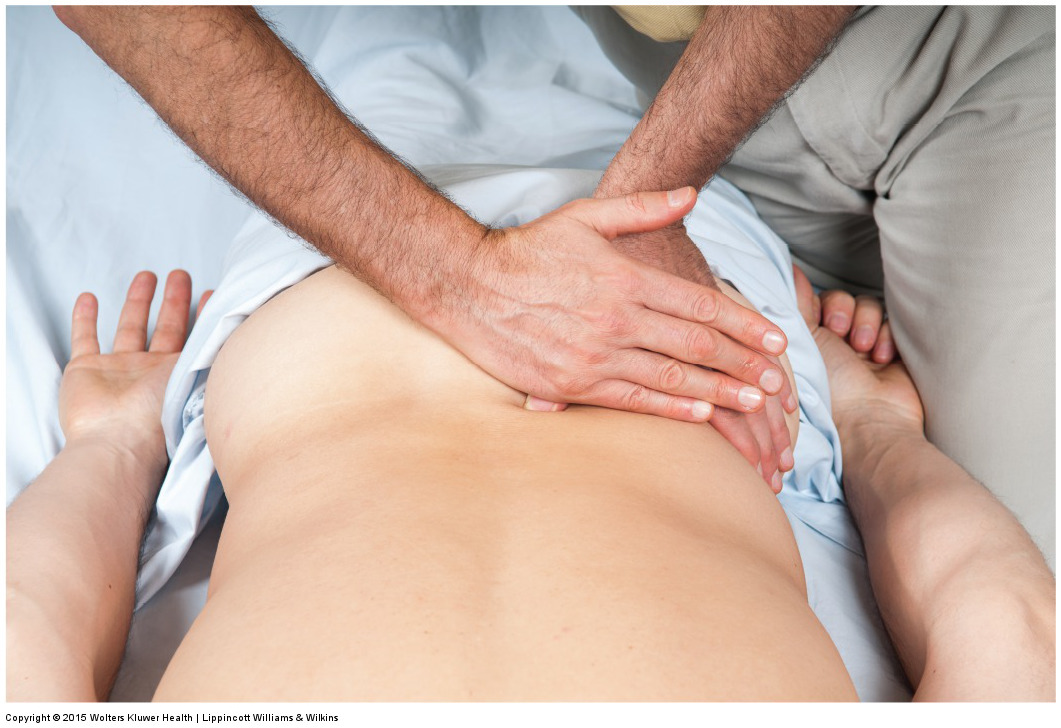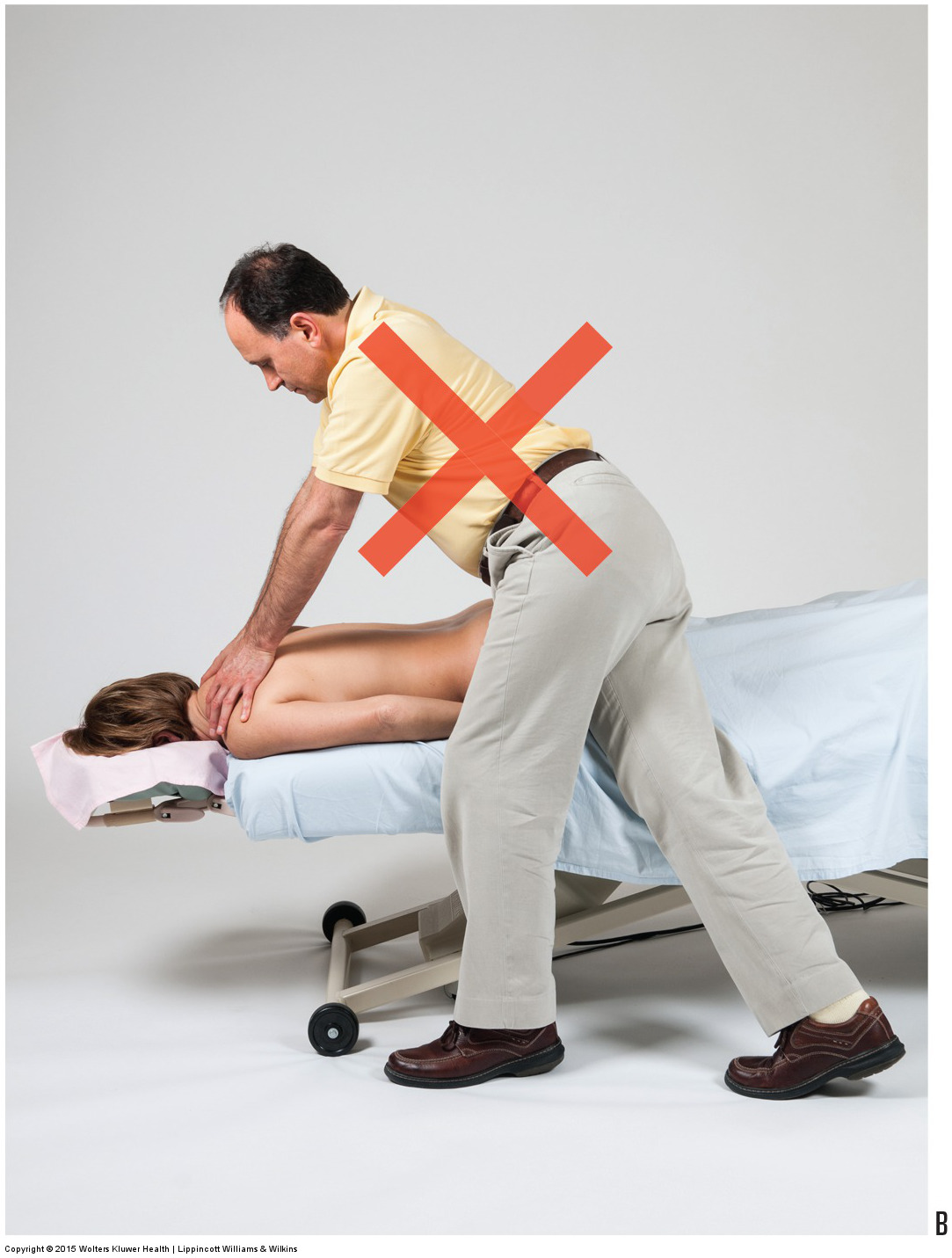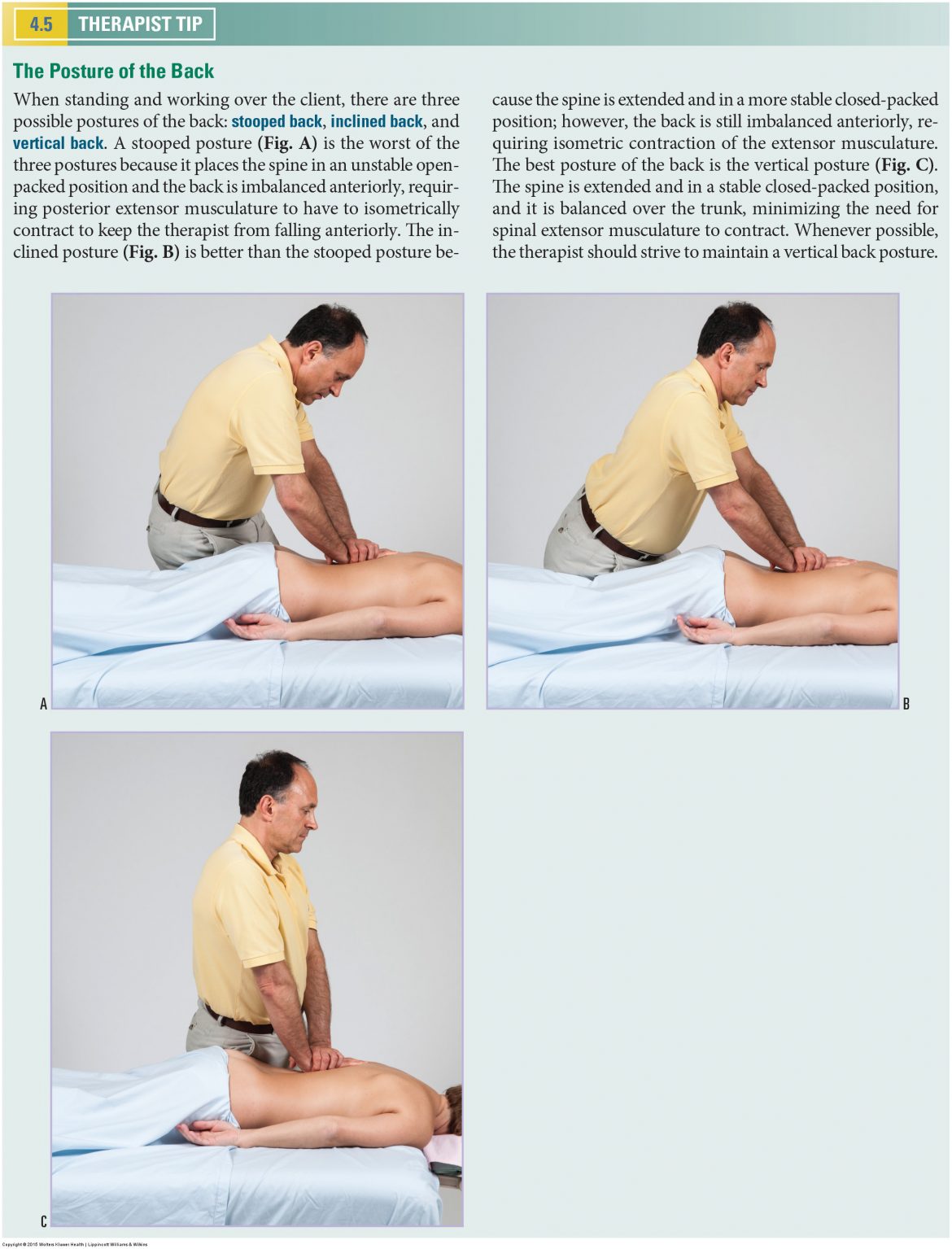Everyone has experienced body pain and soreness after exercise. That’s because when we work out, the muscles and connective tissues incur damage and microtears. While this is necessary to promote muscle growth, it’s not always comfortable. As such, it’s ideal …
ASK Dr. Joe – “Ask Me Anything”
I am creating a new blog post feature to my content called Ask Dr. Joe, or perhaps better put, Ask Me Anything*. With Ask Me Anything, you can write to me by email ([email protected]) and ask me any question about: …
Are Massage Therapy Devices Effective at Reducing DOMS?
Using devices like foam rollers, massage balls and massage guns is a great way to supplement traditional massage therapy and achieve muscle recovery for athletes and non-athletes
Benefits of Post-Workout Massage
Having a post-workout massage will help reduce athletic injuries as it massages the deep tissue, improving your flexibility, and reducing your risk for injuries.
Infant Touch Lessens Pain in Infants
The major take-home points regarding infant touch from this study are: 1. Touch can be beneficial toward lessening pain; and 2. The quality of touch matters.
Manual Therapy as a Treatment for Overuse Injures
Regarding overuse injuroies, the authors suggested that if manual therapy were administered early, before pathological changes occur…
The Science of Post-Exercise Massage
These evidence-based studies explain the physiology and suggest that post-exercise massage reduces tissue damage and accelerates muscle recovery.
Facial Roller Massage Increases Skin Blood Flow
A daily five-minute massage with a face roller could result in up to a 25% increase in blood flow to the skin.
Post-Exercise Massage and Muscle Stiffness
Post-exercise massage is commonly adminstered to reduce muscle stiffness. This study explores the effectiveness of post-exercise massage after running.
Mindful Touch Can Modify the Brain’s Functional Connectivity
This study evaluated brain connectivity while clients were receiving static touch by a person who was performing mindful touch versus non-mindful touch.
Three Helpful Tools for Managing Your Chronic Pain
Chronic pain is so much more than an occasional headache or sore muscle. It is the persistent presence of debilitating pain that can greatly affect our life.
More Frequent Massage Sessions are More Effective for Neck Pain
Multiple 60-minute massages per week were more effective than fewer or shorter sessions for individuals with chronic neck pain.
The Effect of Manual Therapy on COPD
Soft tissue manipulation produced immediate clinically meaningful improvements in lung function in patients with severe and very severe COPD.
Pain Therapy: How Cancer Pain Can Be Treated Naturally
Massage therapy, cryotherapy, and acupuncture are great non-addictive ways to approach pain therapy for patients with a cancer diagnosis.
Massage Therapy Continuing Education
The value of massage therapy continuing education is often dependent on learning how to apply fundamental skill sets of manual therapy.
Myofascial Trigger Point Treatment and Lactate Levels
Massage therapy might reduce a myofascial trigger point by increasing lactate levels, not by directly increasing arterial blood flow.
Altered Pelvic Bone Motion and Sacroiliac Pain
These findings of altered movement and glide support the concept that altered mechanics of the sacroiliac joint are correlated with the presence of pain.
Massage Improves Children’s Surgical Postoperative Recovery
Children receiving postoperative massage therapy had significantly lower anxiety and lower exposure to benzodiazepines than the standard of care group.
The Effect of Massage on Skin Health and Regeneration
Massage is commonly promoted to enhance skin health by increasing its ability to regenerate and improving its elasticity and resilience. However…
Massage Therapy is an Effective Post-Exercise Recovery Technique to Reduce DOMS
The authors concluded that massage appears to be the most effective method that was studied for reducing DOMS and perceived fatigue.
The Effect of Foam Roller Massage on Pressure Pain Threshold
Foam roller massage is quite popular nowadays among athletes and being recommended to patients by many health rehabilitation professionals as an intervention to augment other manual therapies or as a warm-up before an athletic activity, or as a recovery after athletic activity.
Can Massage Increase Blood Circulation?
Regardless of the underlying mechanism, there seems to be a growing number of studies that do show a correlation between massage therapy and blood circulation. Although these studies at present seem to be inconsistent in their findings, the fact that many of them do show a causal relationship is encouraging.
The Effect of Massage Therapy on Blood Pressure in Prehypertensive Women
The results indicated that the mean systolic and diastolic blood pressures in the massage group were significantly lower in comparison with the control group. The results also showed that the lowered blood pressure was still observed 72 hours after the treatment.
Ten Massage Therapy “Dos and Don’ts”
This is not a list of precautions or contraindications for massage therapy. Rather it is list of miscellaneous, somewhat random, “dos and don’ts” that I believe would improve massage therapy sessions with clients.
Low Back Pain: Time to Consider Massage and Exercise as Effective Treatments
So if we say that the cause of most low back pain is not understood, it should mean that we do not know what mechanism is causing the low back pain most of the time. But that is not true. We can often palpate tight myofascial tissue or a dysfunctional joint that is causing back pain.
Deep Pressure Massage to the Low Back – Forward Head Posture
The neck and head do not contribute to the generation of pressure, so head and neck posture should be whatever is most comfortable and least stressful. Forward head posture, a common postural distortion imbalance pattern that occurs is caused by a flexion of the head and neck.
Introduction to Deep Pressure Massage to the Low Back
When deep pressure is needed, it is important to be able to generate it with the least amount of effort and physical stress to your body. In essence, this blog post article is about learning how to employ proper body mechanics so that you work smart instead of working hard.
Deep Pressure Massage to the Low Back – Deep Strokes
To transition to perform deep strokes and maintain proper body mechanics, it is necessary to transition from being perpendicular to be slightly horizontal to glide along the client’s body. However, minimize the horizontal direction or pressure into the client’s tissues will be lost.
Deep Pressure Massage to the Low Back – Use Body Weight
An excellent demonstration of the force that can be generated by using body weight is to lean down onto a bathroom weight scale that is placed on a table that is positioned as various heights. Simply relax and lean into the scale with your body weight and notice the force that you generate.
Deep Pressure Massage to the Low Back – Use Stacked Joints
Stacked joints are aligned in a straight line; in other words, the joints are extended as in anatomic position. This allows for the force from your core to travel through your upper extremity and into the client with little or no loss of strength.

![[Image: https://images.pexels.com/photos/3760262/pexels-photo-3760262.jpeg]](https://learnmuscles.com/wp-content/uploads/2023/03/pexels-andrea-piacquadio-3760262-1170x780.jpg)
